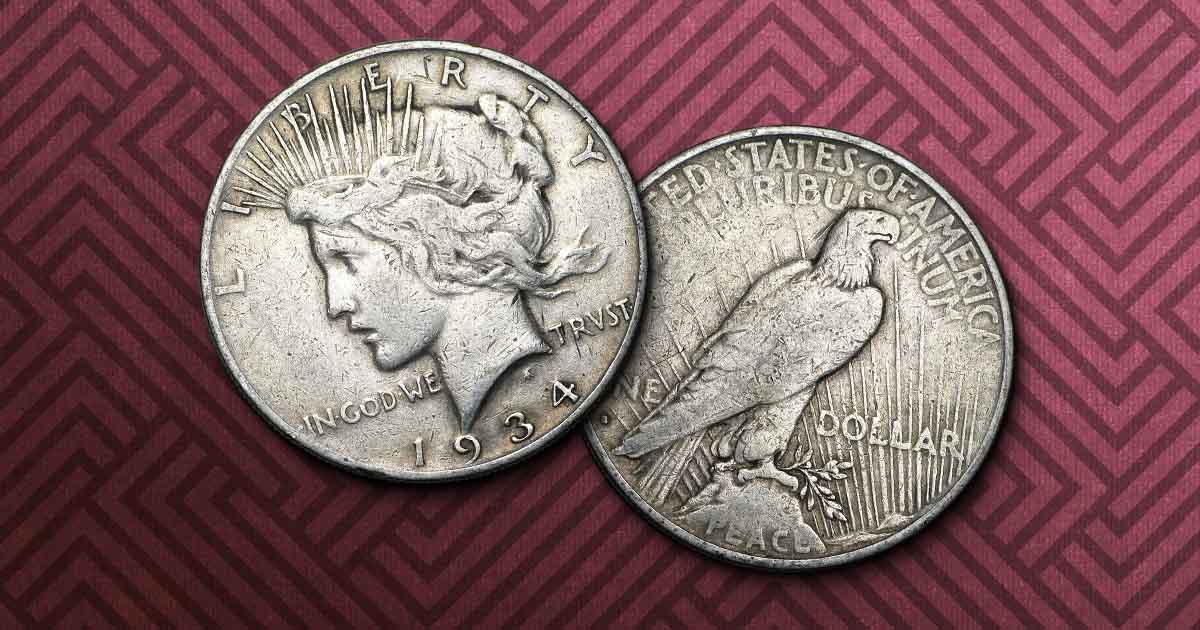
In coin grading, the term Very Good, or VG refers to coins that display moderate wear but still have visible details. The Very Good adjectival grade is between the Good and Fine grades.
Grading Standards for Very Good
On the Sheldon scale, you will see Very Good or VG used with grades 8-10. VG coins show wear throughout the design of the coin, including the device and lettering. Lettering and digits will demonstrate noticeable softness. Not all letters may be readily legible, and some may be worn flat. If full areas of the coin are worn flat, the coin may only be eligible for a Good grade.
How do coin grading organizations grade Very Good coins?
NGC Standards for Very Good Coins
The Numismatic Guarantee Corporation (NGC) assigns the Very Good grade to coins displaying an 8-10 on the Sheldon coin grading scale.
VG-10: These coins demonstrate wear throughout the design. Numbering and lettering will lack the sharpness seen in higher grades and show softness.
VG-8: Coins that receive the VG-8 grade also exhibit wear throughout the coin’s design. The lettering and digits on VG-8 coins will demonstrate greater softness than the VG-10 grade.
PCGS Grading Standards for Very Good Coins
Professional Coin Grading Services (PCGS) uses the 8-10 Sheldon grades for the Very Good classification too, but their grading standards are slightly different.
VG-10: Coins that receive a VG-10 grade from PCGS exhibit considerable wear. This wear will have flattened most of the fine details on the coin, but most lettering will remain legible.
VG-8: These coins will be further worn than coins in the VG-10 grade. Most of the central details of these will be worn flat. Some of the inner lettering will remain visible. The rims will remain full.
Are Coins with a Very Good Grade Valuable?
While Very Good is on the lower end of the Sheldon grading scale, there are valuable coins in Very Good grades. Many older issues of U.S. coins, like those produced before the 20th century, are valuable in the Very Good grades.
Even younger issues, like the 1909-S VDB Lincoln penny, can be valuable in the Very Good grades, with some coins valued over $1,000.
If you are starting a coin collection, coins in the Very Good range present opportunities to add history to your collection at an accessible price point.
Factors That Impact a Coin’s Grade
There are many factors that can impact the grade a coin receives from one of the coin grading organizations.
Among those, eye appeal refers to the aesthetic value of the coin. The eye appeal of a coin plays a pivotal role in determining its grade and, sometimes, its value.
The level of detail retained on the coin is a less subjective measure, which considers how well and how many of the details of a coin’s design are preserved. Coins with well-defined and sharp details are graded and valued higher than those with details worn flat.
There are a host of criteria to consider when determining the grade of a coin. At the end of the day, if a coin inspires a sense of wonder, curiosity, or awe, it will make a wonderful addition to your collection.




